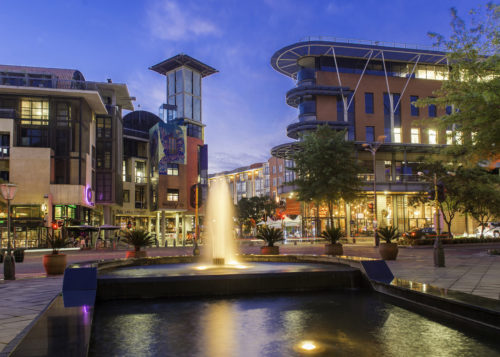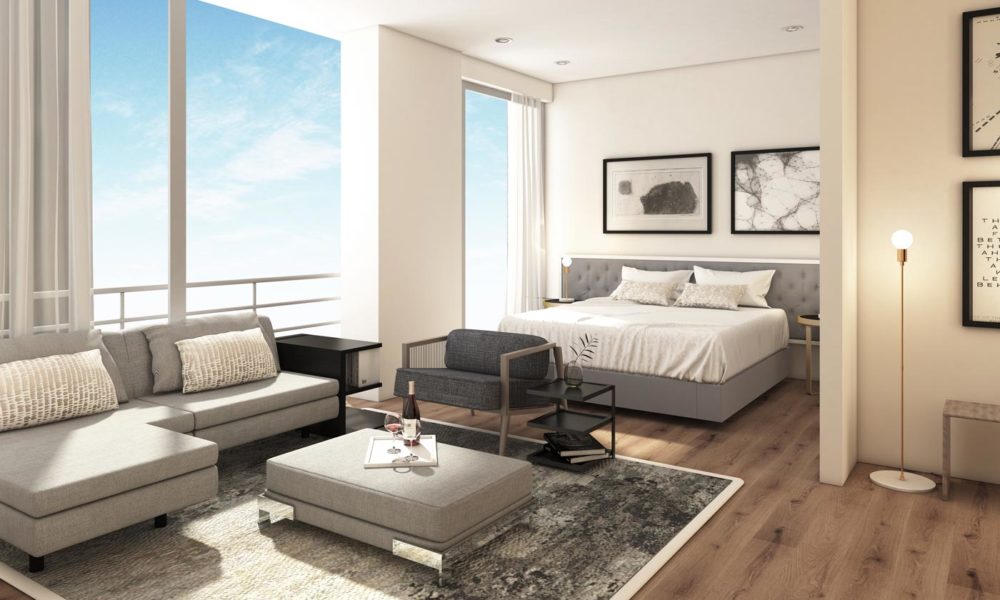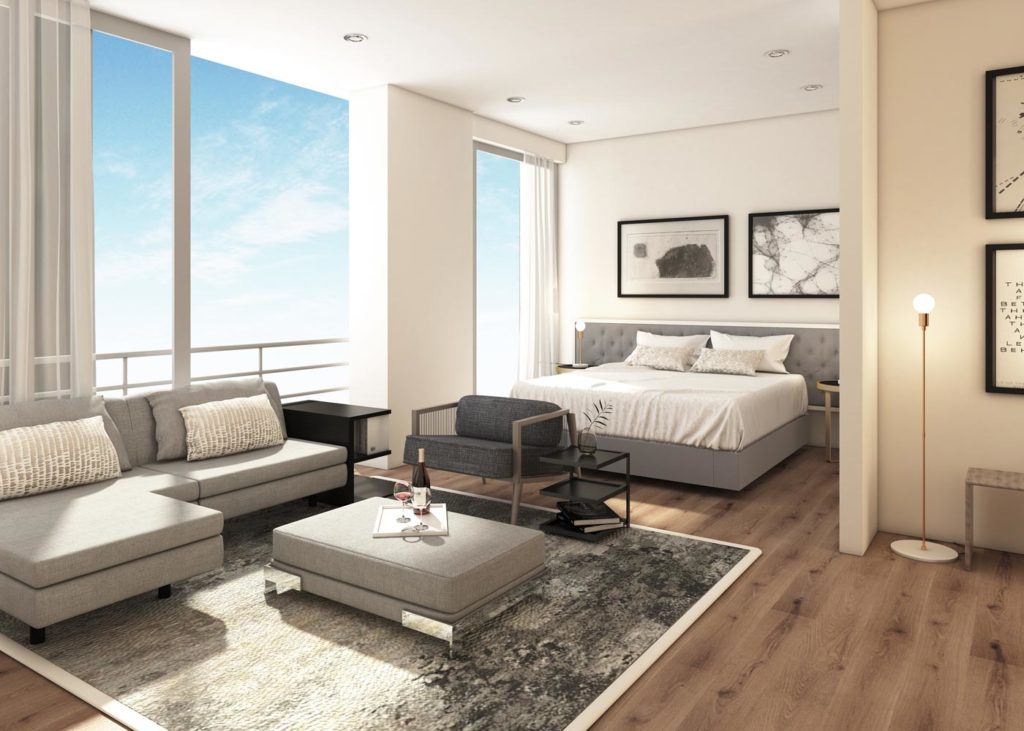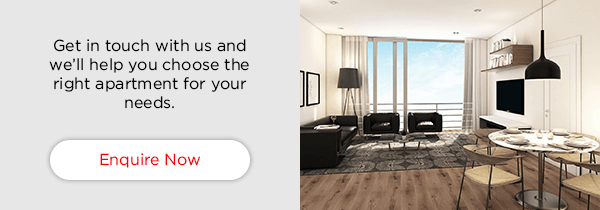Shop, relax, live, work, play. These five words together sum up the philosophy behind an important global trend in residential property investment, and one that is gaining significant traction within the South African context. Known as new urbanism, the idea that people should (and would want to) live in areas within close walking distance of the places where they shop, relax, work and play is coming at a critical juncture for South African cities. It also provides opportunities for early investment in mixed-use residential property.
Urban centres around the country are notoriously congested. More people than ever before are living in metropolitan cities such as Johannesburg and Cape Town. This is putting transport, water and sanitation, and communications networks under strain.
At the same time, the sprawl of the past 20 years that has seen new developments spring up where nothing existed before is unsustainable. The fact that Johannesburg and Pretoria are connecting to form the country’s first megalopolis might seem exciting, but it is costly to both people, the economy and the environment.
KPMG estimates that Johannesburg residents lose almost a week of every year in rush-hour traffic, over and above the time lost in non-peak commutes. This is a week that could have been spent contributing to the country’s GDP, or resting and re-charging to remain productive. It could have been spent taking care of family or building a small business that contributes to employment and ending poverty.

The sad truth is that the way most people in the country’s urban centres are living is, through no fault of their own, wasteful and isolating.
New urbanism heralds a return to the age old village and community lifestyle – albeit within a modern context – by offering mixed-use urban spaces that are convenient and friendly to non-motorised forms of transport such as walking and cycling, and are within close reach of major transport nodes. The emphasis on community is strong, as is safety and security. Close to schools, parks, gyms, swimming pools and other family-friendly opportunities for recreation, mixed-use spaces guided by new urbanism aim to enhance the quality of life of residents and reduce the urban footprint by building up instead of out.
This, importantly, also implies re-imagining already developed spaces rather developing an empty plot from scratch.
Because mixed-use precincts make for more attractive living spaces, they also make for good property investments, as residential developments such as those within Melrose Arch have revealed. The addition of One on Whiteley to Melrose Arch, shows the South African investor’s appetite for this kind of live, work, play development. There is a case to be made for more mixed-use developments like this as part of a sustainable urban development strategy.
The major challenge is finding the space within the confines of the urban fringe to re-develop an existing area. To its credit, the government seems to have recognised this need.
Provinces and metropolitan municipalities around the country have adopted densification as core to their urban development strategy. Johannesburg and Cape Town have gone further by encouraging the development of mixed-use precincts around major transport nodes and along major transport corridors. This suggests a deliberate and encouraging attempt by the state to slow and possibly halt urban sprawl, and create living spaces where residents can be happy, healthy and productive.
An enabling policy environment like this means that there are opportunities for investors to get into the market early, before demand drives up prices. The top end of the market is an obvious bet. But a growing number of residential developments aimed at the middle and lower end of the market seem to also be adopting the mixed-use approach. They, too, hold enormous investment potential that responds to the crisis facing our cities.



